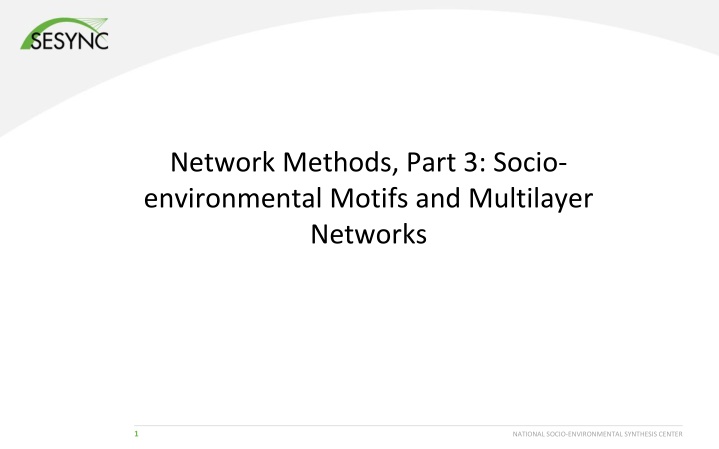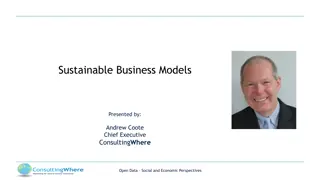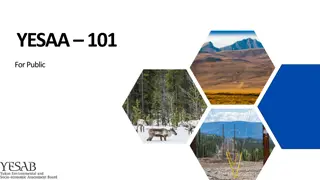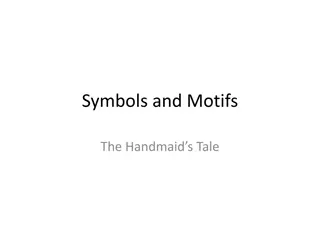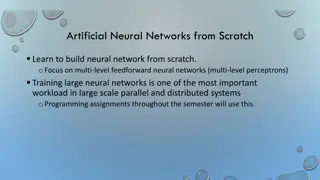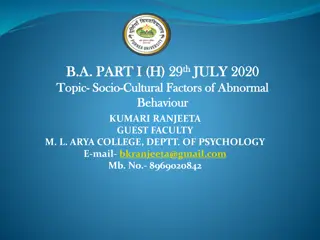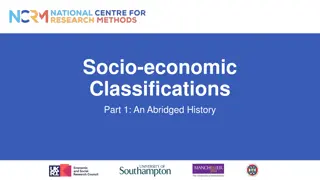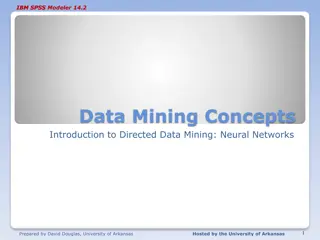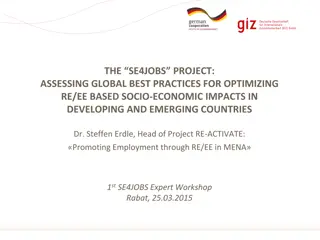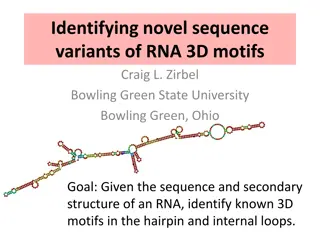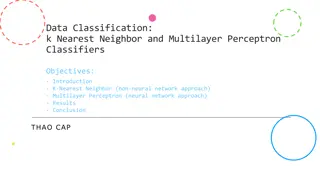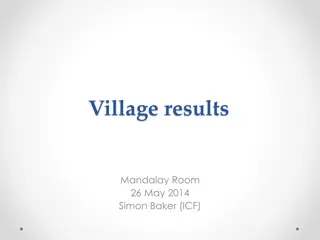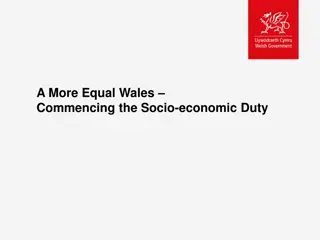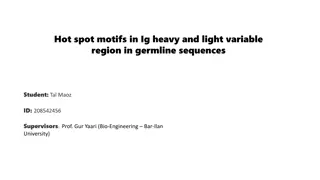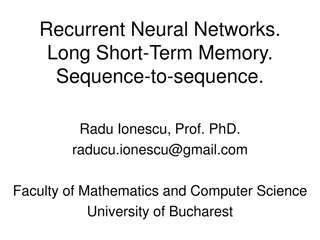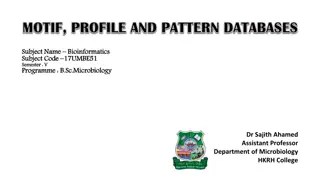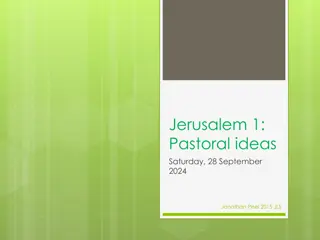Socio-Environmental Motifs and Multilayer Networks
The content delves into socio-environmental motifs, anti-motifs, and multi-plex networks in the context of national socio-environmental synthesis centers. It uncovers the least likely and common occurrences in random networks, as well as common subnetworks underrepresented in the model of inquiry. The visualization includes connections between clans, shared resources like forest patches, taxa movements in trafficking scenarios, and interlayer links representing the same actor in different layers.
Download Presentation

Please find below an Image/Link to download the presentation.
The content on the website is provided AS IS for your information and personal use only. It may not be sold, licensed, or shared on other websites without obtaining consent from the author.If you encounter any issues during the download, it is possible that the publisher has removed the file from their server.
You are allowed to download the files provided on this website for personal or commercial use, subject to the condition that they are used lawfully. All files are the property of their respective owners.
The content on the website is provided AS IS for your information and personal use only. It may not be sold, licensed, or shared on other websites without obtaining consent from the author.
E N D
Presentation Transcript
Network Methods, Part 3: Socio- environmental Motifs and Multilayer Networks 1 NATIONAL SOCIO-ENVIRONMENTAL SYNTHESIS CENTER
14 social ecological 10 7 17 2 18 6 16 11 9 8 15 19 5 4 20 3 13 1 12 Figure adapted from: Holme & Rocha 2022 https://doi.org/10.48550/arXiv.2105.12537 2 NATIONAL SOCIO-ENVIRONMENTAL SYNTHESIS CENTER
Motif: least likely to occur in random network (green arrows) Common network in null model (purple arrows) 14 social ecological 10 7 17 2 18 6 16 11 9 8 15 19 5 4 20 3 13 1 12 Figure adapted from: Holme & Rocha 2022 https://doi.org/10.48550/arXiv.2105.12537 3 NATIONAL SOCIO-ENVIRONMENTAL SYNTHESIS CENTER
Anti-motifs: common subnetworks in null model; underrepresented in model of inquiry (black arrows) 14 social ecological 10 7 17 2 18 6 16 11 9 8 15 19 5 4 20 3 13 1 12 Figure adapted from: Holme & Rocha 2022 https://doi.org/10.48550/arXiv.2105.12537 4 NATIONAL SOCIO-ENVIRONMENTAL SYNTHESIS CENTER
A B Clan 1 Clan 2 Clan 1 Clan 2 shared resource shared resource ecological ties social ties forest patch forest patch 5 NATIONAL SOCIO-ENVIRONMENTAL SYNTHESIS CENTER
multi-plex networks: interlayer links connect nodes that represent the same actor (here, a reptile group) in different layers. intra-layer connection plex (network layer) = type of reptile (family) 2 3 spatial point ( department ) 1 4 inter-layer connection movement of traffickers 2 3 1 4 2 3 1 4 6 NATIONAL SOCIO-ENVIRONMENTAL SYNTHESIS CENTER
10 networks, each with 34 states (locations) Movements of taxa trafficking) plex (network layer) = taxa (m= 10) Nodes = states in different places (n=34) Taxa 1 Taxa 2 Taxa 3 Taxa 10 7 NATIONAL SOCIO-ENVIRONMENTAL SYNTHESIS CENTER
